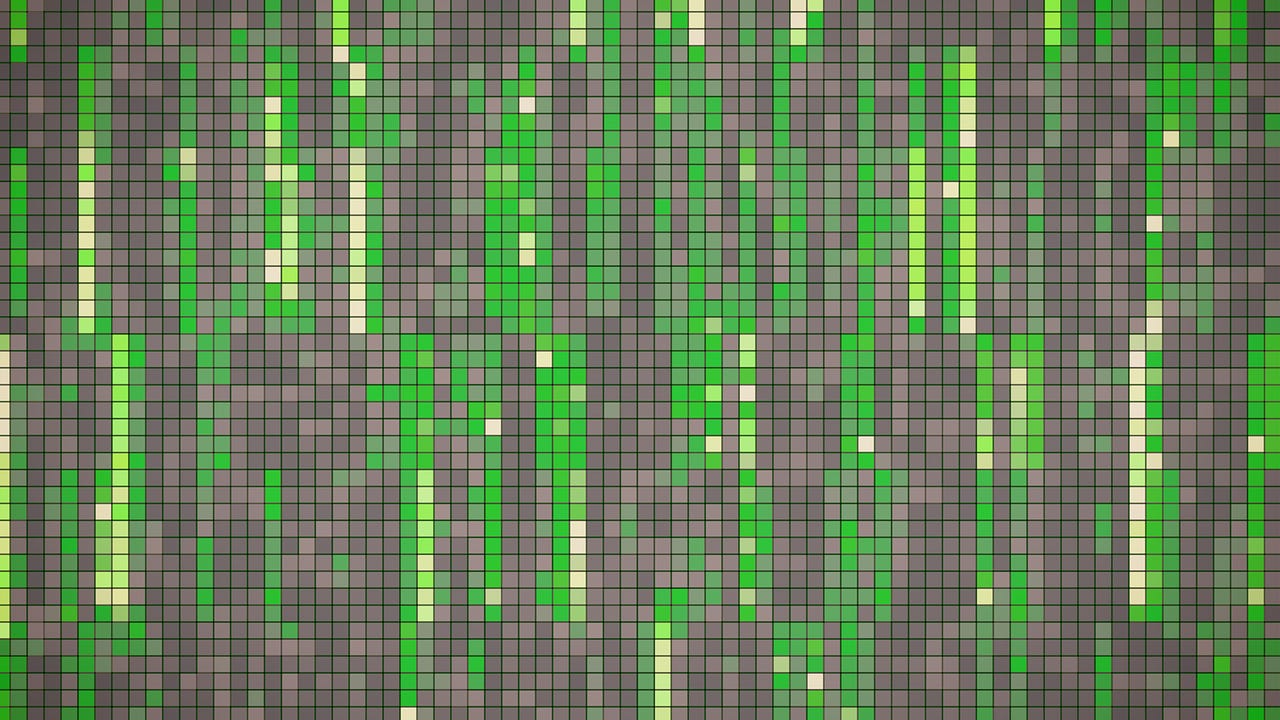BOOK THIS SPACE FOR AD
ARTICLE AD
WhatsApp is the most popular messaging app in the world, and users largely prefer it because, aside from being easy to use, it boasts strong privacy features. This summer, WhatsApp added a new privacy feature that lets users silence unknown callers. Now the messaging app has a new setting to hide your IP address from other parties on a call.
Also: 6 simple cybersecurity rules you can apply now
Meta, WhatsApp's parent company, announced today that users will be able to "Protect IP address in calls" to help make WhatsApp calls more secure.
"Protect IP Address in Calls" helps hide your location from other parties on a call.
Currently, WhatsApp calls are either peer-to-peer or relayed via WhatsApp servers, whichever provides the best call quality. Peer-to-peer connections are preferred by most calling products because it allows for faster data transfers and better call quality, but that connection also reveals both parties' IP address.
WhatsApp users will now be able to enable the "Protect IP address in calls" feature in their settings to make sure all their calls go through WhatsApp's relay servers instead of being a direct peer-to-peer connection. This ensures that the callers cannot see each other's IP address and figure out their geographical location.
Calls, like messages, in WhatsApp are end-to-end encrypted, so WhatsApp ensures that it cannot listen to users' calls, even if these go through relay servers instead of a peer-to-peer connection.
Also: How to enable end-to-end encryption for Facebook Messenger chats
Earlier this year, Meta announced the ability to "Silence unknown callers" to allow more privacy-conscious users to quiet unwanted calls. The new feature to protect IP addresses is another measure to make calls more secure.
.png)
 1 year ago
73
1 year ago
73 














 Bengali (Bangladesh) ·
Bengali (Bangladesh) ·  English (United States) ·
English (United States) ·